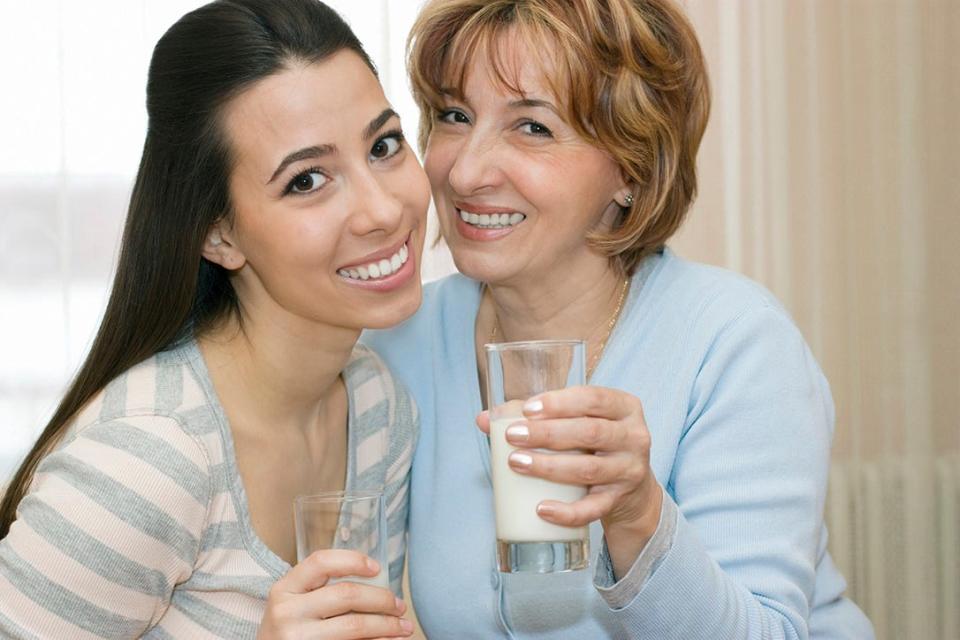How young women can pump the brakes on osteoporosis by making these simple life changes
Osteoporosis, the wasting and weakening of bones, is a major fear among women, especially older women. Does this mean it shouldn’t be a concern for younger women?
On the contrary, typical of the many chronic diseases that plague us, what you do in your younger years, sets the stage for later in life. Moreover, the problem is getting worse as the incidence of osteoporosis escalates in our increasing elderly population.
It’s a devastating disease that greatly compromises the quality of life as bones fracture, and, ironically, oftentimes it’s not from a fall. Instead, the bones break because they can no longer support the body weight, causing the fall. These are called “fragility bone fractures,” and when one occurs, it tends to signal more to come.
Women are four times more likely than men to have osteoporosis in the later years. But why are women so vulnerable?
Research suggests lots of reasons, but before getting into that, let me revisit a theme from previous columns. I have mentioned that when it comes to health issues, in my experience, women tend to apply common sense, whereas men are much more prone to denial. I have experienced this time and again throughout my life, and most recently with regard to ignoring my wife’s constant refrain to “get my hip fixed.” I ignored her for years, deeply immersed in denial, dragging my leg around the house until it got to be too much. Then, I finally gave in, got a total hip replacement and a new lease on life that has been wonderful.
You may like: Ready to get healthy? 3 easy ways to add fresh fruits and veggies to your diet
With that said, I need to quickly point out that although women are lightyears ahead of men when it comes to common sense and health issues, they also are guilty of some blind spots, like ignoring factors at a young age that help prevents osteoporosis.
Why women should load their bones with calcium at a young age
Among the many reasons why the incidence of osteoporosis is so high among older women is the neglect of the bones at an early age. This, of course, is human nature. When we are young, we are bulletproof, so the last thing on our mind is worrying that what we do today could impact our lives negatively in a big way 40 years from now.
In my Nutrition class at Hanover College, I have students analyze their own personal diet and then discuss what they found in a detailed report. Results are typical of young adults in the U.S. Far too much sugar and saturated fat, and far too little of important nutrients, especially calcium. In fact, calcium is so important that the body stores it in bones and teeth to ensure that it always will have enough to carry out critical bodily functions.
Insufficient calcium intake stands out among female college students who should consume at least 1,000 milligrams of calcium daily (with an increase to 1200 milligrams beyond age 50). However, on average, over the many years I have assigned this task to my students, their typical calcium intake is only 20-30% of what they need (200 to 300 milligrams of calcium per day). Since females are adding bone mass up to about the age of 18, this makes adequate calcium intake at a young age even more important.

And, unfortunately, things get worse with aging. As we get older, we tend to eat the same things, but in less volume. This means, even though calcium needs increase with age, intake goes lower. As calcium intake drops, we make more frequent withdrawals of calcium from bones to cover needs, weakening them to the breaking point.
You may like: The worst pandemic facing America right now isn't COVID-19. It's obesity. Why that matters
Let me add, young males have approximately the same calcium needs as females, but they tend to consume more calcium making them less calcium deficient. Does this mean males are more conscientious about their diet? No! Males simply eat more, and like throwing mud at a wall, the more mud you throw, the more mud will stick. Males also do a better job absorbing and retaining calcium.
How do estrogen and exercise impact bone health?
Estrogen helps protect bone density in females, but this protection is lost after menopause. This is another reason to load the bones with calcium early in life, as the more calcium you have stored in bones, the less impact losing the protection of estrogen will have.
And, of course, if you have been reading my column at any time during the past 46 years, you know that I will work exercise into the mix, if possible. In this case, weight-bearing exercise is best, because it imposes compressional stress on bones, stimulating them to retain calcium and also to absorb it if it is available. This makes the case for resistance exercise (weight training), plus anything that tends to “jar” the bones. A study done years ago on youngsters reported a significant increase in bone density associated with jumping rope and jumping jacks.
You may like: Most people can't quit a bad habit. Here's why many fail and how you can be successful
The bottom line when it comes to preventing osteoporosis is the importance of paying attention when you are young in preparation for the future. If those years are in the past for you, be sure to influence younger females in your life, as well as taking steps for yourself that include improving your dietary intake of calcium and adding productive exercise.
Reach Bryant Stamford, a professor of kinesiology and integrative physiology at Hanover College, at stamford@hanover.edu.
This article originally appeared on Louisville Courier Journal: Osteoporosis prevention: Why young women need more calcium than men

